
Key Takeaways
- Rare aquatic plants offer unique ecosystem benefits.
- Seclusion often aids the survival of these species.
- Expert insights deepened the understanding of these plants.
Discover the underwater forest!
Imagine wading into a hidden lake and finding a submerged garden of rare aquatic plants.
Different from the usual, these green inhabitants are less known yet vital to their ecosystem.
You've stumbled upon nature's secret aquascape—10 exotic aquatic plant species uniquely flourishing in the quiet corners of secluded lakes.
As your guide to these botanical treasures, you can be confident in the accurate identification and intriguing facts we weave through this aquatic narrative.
Our insights stem from seasoned expertise in the realm of freshwater flora, ensuring you're gaining knowledge from a trusted source.
Isoetes bolanderi (Bolander's Quillwort)
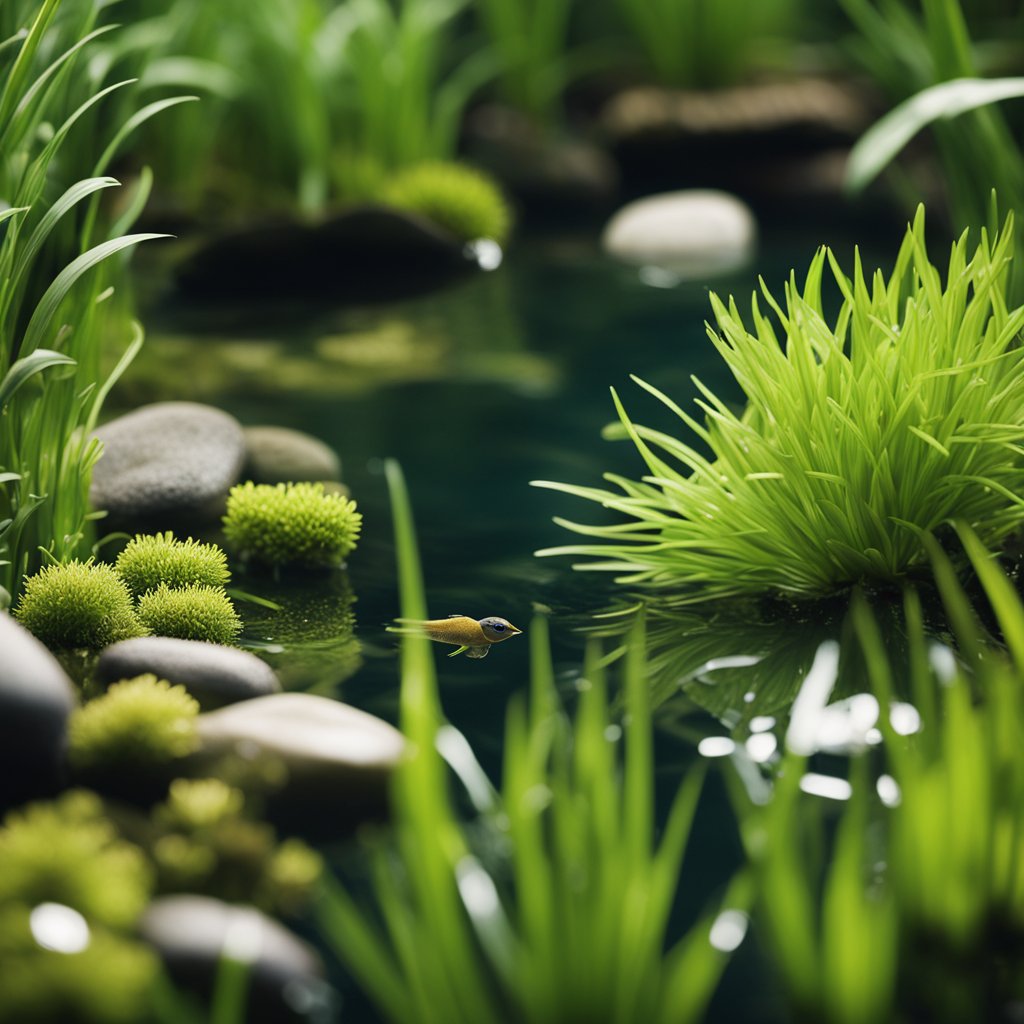
Have you ever heard of a plant thriving entirely underwater?
Meet the Isoetes bolanderi, commonly known as Bolander's Quillwort.
This rare aquatic gem is a type of lycophyte, belonging to a group of plants that might remind you of the lush greenery from the pages of a prehistoric landscape.
Where Can You Find It?
- Location: High-altitude regions of western North America
- Altitude Preference: Sierra Nevada mountain lakes in California
- Canadian Presence: Southern Alberta
So, what's special about it?
- Habitat: Prefers the chilly depths of clear mountain lakes
- Growth: Submerged with a corm-like stem nestled in the lakebed mud
Characteristics:
- Leaves: Produces up to 20 soft-textured, straight leaves
- Leaf Length: Each reaching 6 to 13 cm long
- Status: Classified as Threatened in Canada
Imagine diving into a serene lake, only to discover Bolander's Quillwort swaying gently in the water.
It's a true aquatic marvel, connecting you to the wonders of nature rarely seen by the average hiker or camper.
This plant doesn’t just survive; it thrives in its unique underwater world, protected from the hustle and bustle of terrestrial life.
Its presence is a reminder of the delicate balance that exists in our environment and of the beauty that lies beneath the surface.
Keep your eyes peeled next time you're kayaking or paddleboarding in these secluded lakes; you might just spot one of these rare aquatic treasures!
Potamogeton bicupulatus (Snailseed Pondweed)
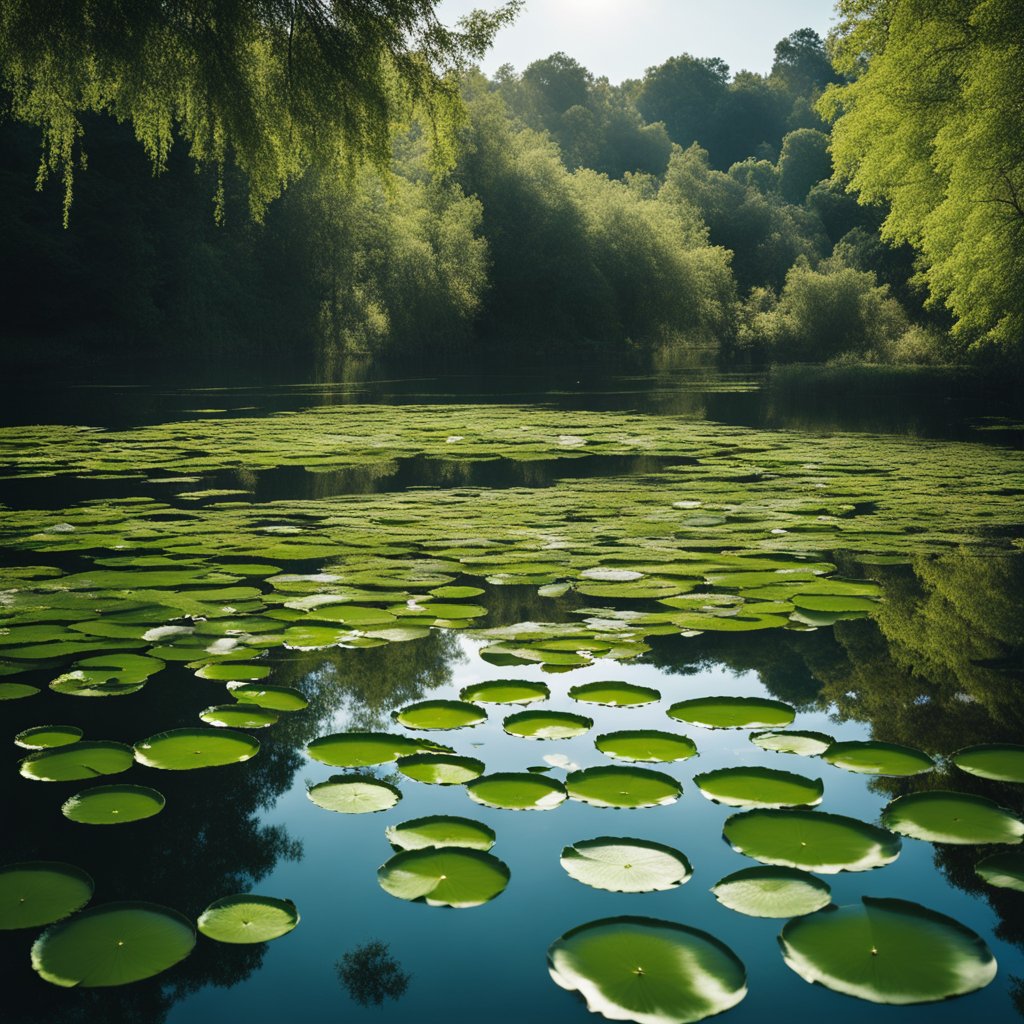
Have you ever been to Minnesota?
If so, you might have encountered the Snailseed Pondweed, a small and quite the charming aquatic resident.
Officially known as Potamogeton bicupulatus, this delicate plant has a special way of capturing the heart of any botanist or nature lover.
Identifying Features:
- Leaves: Can you imagine leaves thinner than a thread? That's right, the submerged leaves of Snailseed Pondweed are akin to fine hair, barely reaching a width of 0.5 mm.
- Fruit: These Pondweeds have fruits that may be tiny, but don't let their size fool you. They're actually quite recognizable to the naked eye because of their distinctly bumpy and attractive surfaces.
- Stature: It's a small plant, growing to about 10-25 cm tall. That's no taller than a standard pencil!
Habitat Sweet Habitat:
- Location: Ever heard of Lake Itasca in Minnesota? It's one of those lucky lakes to call this rare pondweed its resident.
- Water Preference: Ideally, this pondweed is at home in acidic to neutral waters which are shallow and calm. So, if you're out kayaking on a serene Minnesota lake, glance down, and you might spot it!
In essence, if you seek a bit of tranquility mixed with a botanical wonder, "meeting" a Snailseed Pondweed might just be the highlight of your lake explorations.
They may prefer secluded spots, but they have no objections to making new human friends.
Isn't it amazing to think about the diverse life teeming in those peaceful waters?
Keep an eye out for this rarity!
Najas flexilis (Slender Naiad)
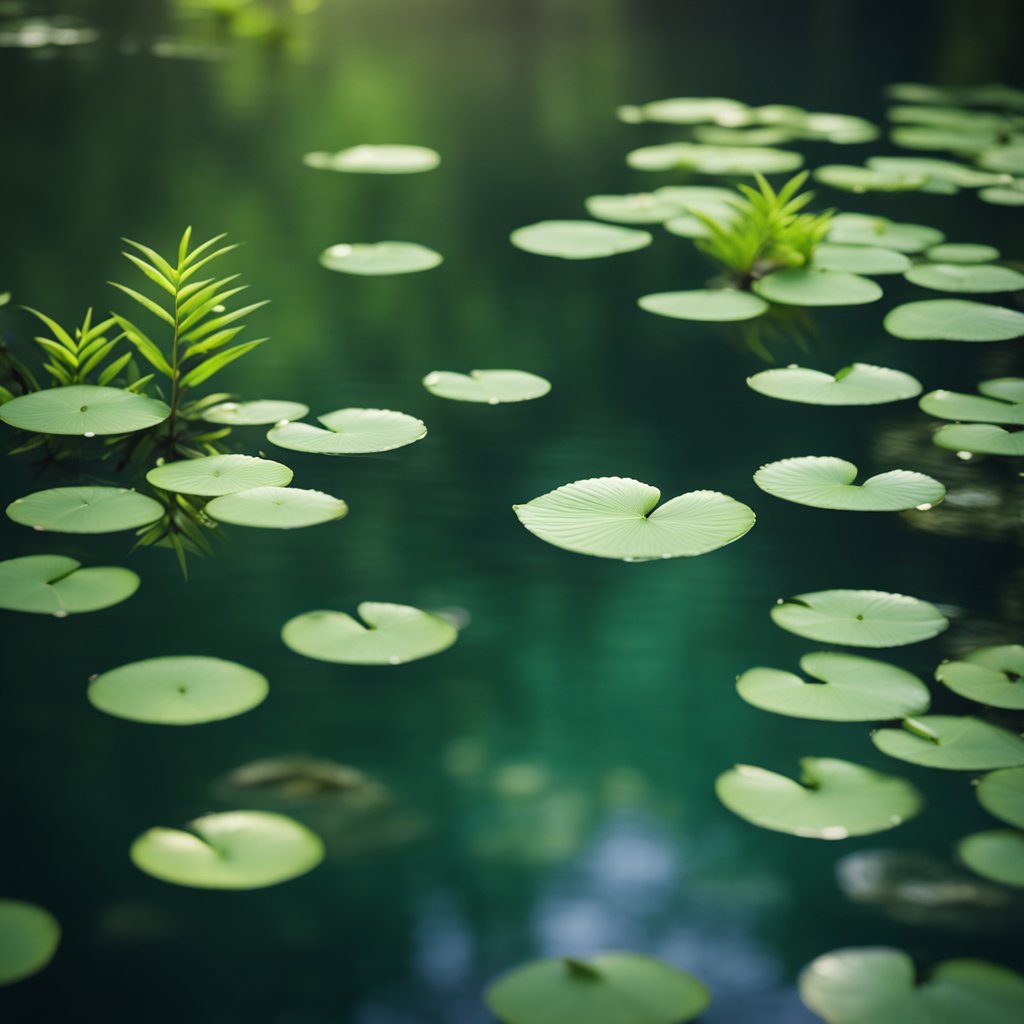
Have you ever heard of the Slender Naiad?
It's not just a character from mythology; it's a real aquatic marvel.
Najas flexilis is an aquatic plant with slim chances – literally!
Known as an aquatic annual, this species is making a splash in the rare plant community for its unique characteristics and challenges.
Known Habitats:
- Native areas: Northern and central Europe, from Norway to Ireland and Switzerland.
- Across Russia, including Siberia.
- North American presence: Canada and the northern United States, with special affection for the Adirondack lakes in New York.
Features:
- Water preferences: Clear and cold waters are its go-to.
- Height: It usually caps at around 30 cm – it's not reaching for the stars!
- Pollination: It's a secret under-water show, as they pollinate beneath the surface.
- Carbon dioxide use: Directly from the water, it's not a fan of cutting corners.
Status:
- Rarity: It's pretty exclusive, found in a limited number of lakes.
- Conservation status: With a declining population globally, it's a plant on the edge.
Isn't it fascinating how a plant so small is a giant when it comes to survival battles?
So, next time you're by a secluded lake, peer into the water.
Maybe you'll spot a slender silhouette of the Slender Naiad, and it'll be like finding a botanical treasure!
Keep an eye out – these plants are the hidden gems of aquatic ecosystems.
Hottonia inflata (Featherfoil)
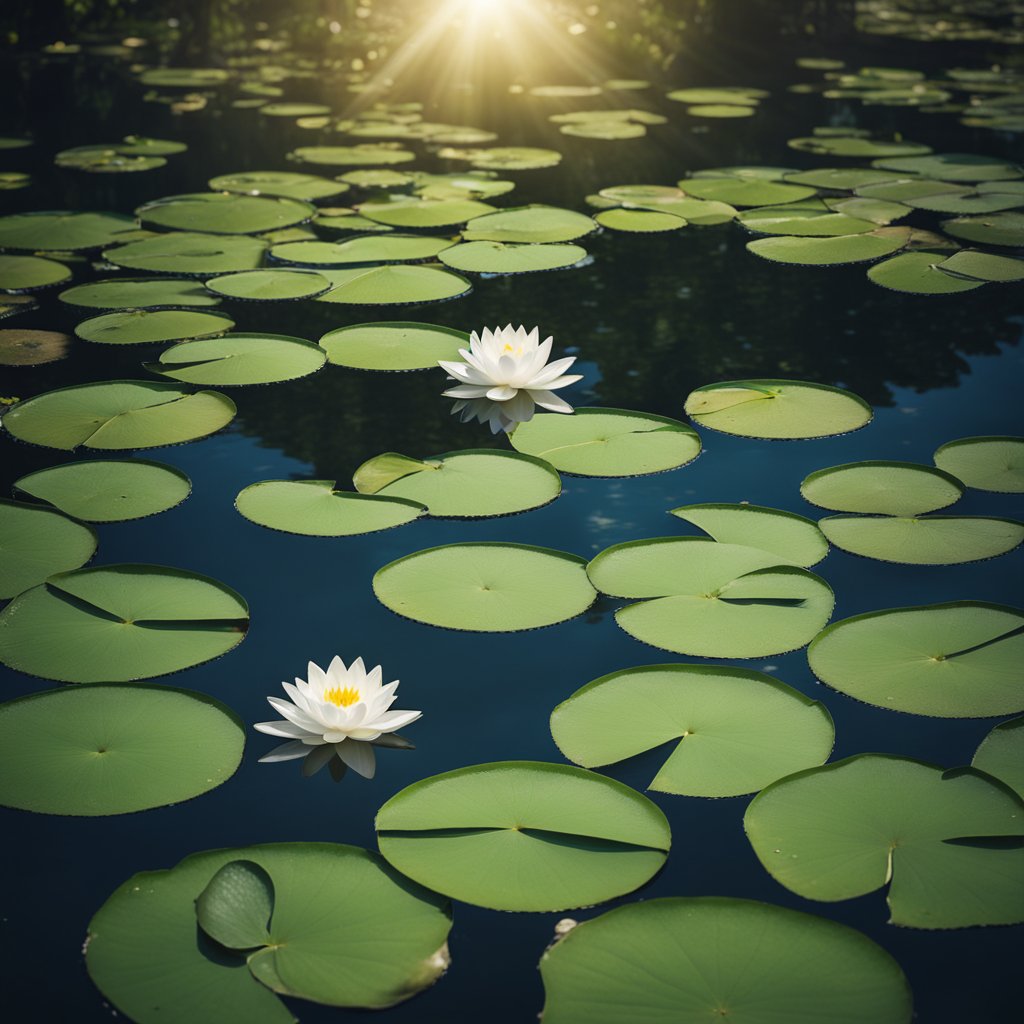
Ever stumbled upon a serene lake and caught sight of some unique-looking aquatic greenery?
Well, you might have spotted the Hottonia inflata, more charmingly known as Featherfoil.
It's not just another water plant; this one's a rare gem!
Originally from the Atlantic Coastal Plain—think quiet lakes in Virginia and such—Featherfoil is quietly spectacular.
It's like nature decided to mix feathers with flowers and then let them float underwater!
What's So Special About It?
- Featheriness: Underwater, it sports feathery leaves that could rival a peacock's pride and joy.
- Airy Stems: Above water, catch its stems flaunting inflated, hollow tops like tiny balloons ready for a plant party.
Imagine how Featherfoil survives.
Its roots and underwater stem play hide-and-seek beneath the surface, while the puffy stems poke out, as if enjoying a casual float.
Did You Know?
- Rarity: This plant is so elusive that in New England, it's considered rare in five of six states.
- Hottonia inflata is part of the Primulaceae family. That's right, it has relatives!
- Where it grows, it's a sign of a healthy, undisturbed habitat.
Protecting Featherfoil Taking care of Featherfoil's home isn't just about one plant or one lake; it's about respecting an entire ecosystem.
Because it's a part of the underwater community, protecting land around its habitat also becomes essential.
Here's the takeaway: keep an eye out on your lake visits.
Not only could you catch the Featherfoil's discreet aquatic performance, but you're also peeking at an indicator of environmental wellness.
Isn't that something to appreciate about the complex tapestry of nature?
Littorella uniflora (American Shoreweed)
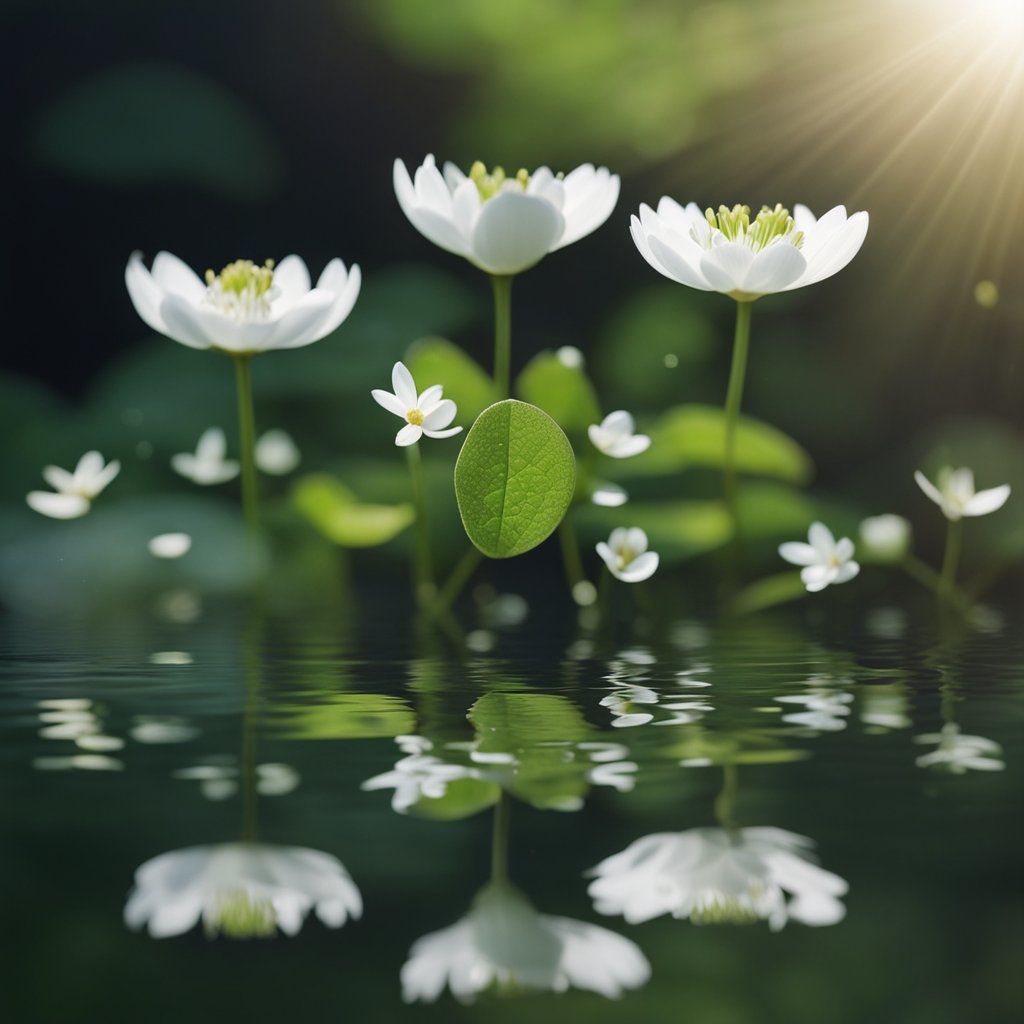
Have you ever encountered the Littorella uniflora, affectionately known as the American Shoreweed?
Nestled in the vibey locales of northeastern USA, this little aquatic gem prefers the simple life, rooting in sandy and pebbly bottoms of those crystal-clear, oligotrophic lakes.
Habitat Preference: Shallow, nutrient-poor freshwater
Physical Attributes:
Leaves: Linear, round in cross-section, 1-5 cm long
Flowers: Unisexual, male flower notable, female more hidden
Fruits: Cylindric achenes, roughly 2 mm long
So, what gives this plant its charm?
Size:
Leaves are sleek and slender, ranging from just 1 to a stretchy 4 inches.
Width-wise, they're thin like a needle, a mere 1 to 2.2 mm.
Flowers: Picture this, the solo male flower looking sharp among its leafy crew. But, the ladies? They're the definition of introverted, nestled quietly within the basal leaves.
Are you keeping an aquarium?
Good news!
Littorella uniflora is a beginner's buddy.
With minimal care, it'll carpet your tank floor like it's prepping for a royal visit, all in low light conditions too!
Who needs a green thumb when you have these easy-goers?
Your underwater friends would love the makeover, trust me.
Remember, though — they're fans of chill, unpolluted waters, so keep it clean for your green pals, okay?
Ranunculus aquatilis var. diffusus (Water Buttercup)
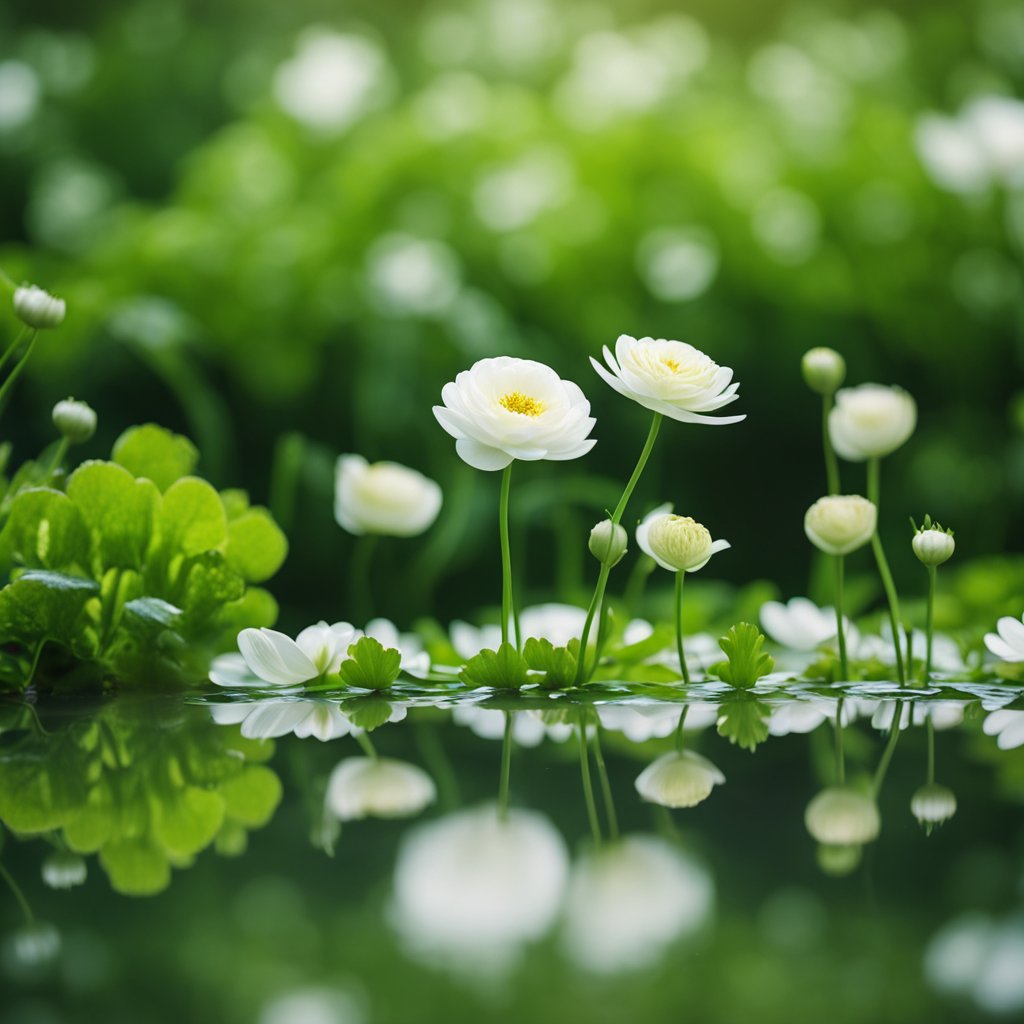
Have you ever stumbled upon a serene, secluded lake and spotted delicate white flowers dotting the surface?
Chances are, you've seen the Ranunculus aquatilis var. diffusus, commonly known as the Water Buttercup.
A real aquatic gem, wouldn't you agree?
This subspecies flourishes in the cold, spring-fed lakes and slow-moving streams across North America, bringing a touch of whimsy to these tranquil environments.
Characteristics:
- Submerged foliage: Feather-like, dissected leaves with a charming underwater ballet.
- Florals on display: Solitary white flowers that just peek above the water, each divided into five parts.
- Habitat must-haves: Prefers muddy bottoms in water depths of about 6-24 inches. Cold water's the ticket!
Did you know that this plant is not just a pretty face?
It's a haven for local wildlife.
From muskrats to turtles, this aquatic beauty is like a buffet for these creatures, offering both its foliage and seeds.
Plus, your feathered friends, such as ducks and swans, find it quite the delight.
To keep them thriving, make sure they bask in full sun - they love it!
With a spread of about 12-24 inches, they provide ample ground (or shall we say, water) cover, creating a lush, green underwater tapestry.
Remember, this plant is both functional and ornate, making it perfect for your pond or water garden.
And with its preference for specific conditions, rest assured it stays quite rare and special, much like those secluded lakes you love to visit!
Lobelia dortmanna (Water Lobelia)
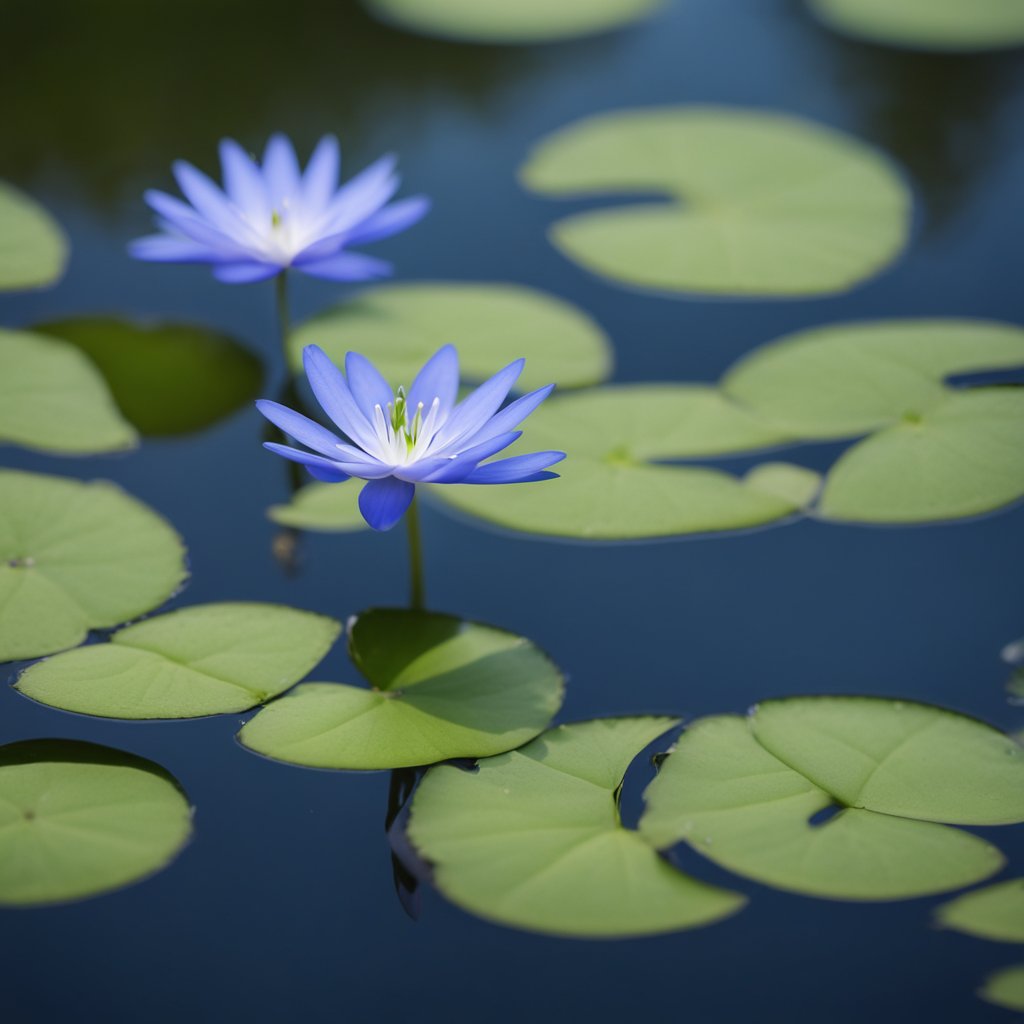
Have you ever heard of Lobelia dortmanna, commonly known as the water lobelia?
It's a bit like the wallflower of the aquatic plant world, quietly beautifying the understated nooks of northeastern lakes.
Chances are, you're curious about this subtle but charming species thriving in its special habitat—the acidic, nutrient-poor waters of secluded lakes, a perfect match for its unique needs.
- Family: Campanulaceae
- Growth Habit: Stoloniferous herbaceous perennial
- Height: 0.7-2 m (2.3-6.6 ft)
- Flower Size: 1-2 cm long
- Flower Hue: White to pale pink or pale blue
Envision the water lobelia's delicate flowers blooming like tiny, pale-colored stars shimmering above the water's surface.
They form in groups, sometimes as many as ten, beckoning the careful observer with their understated beauty.
It's a rare sighting, considering water lobelia is indeed a rarer find in populated areas, though you might get lucky in certain lakes in Wales, Scotland, or parts of Ireland.
And hey, if you're near Minnesota's Arrowhead region, this plant might be more common than you think!
The plant's leaves are a talking point too—cylindrical or somewhat flattened and tubular, usually showing a whitish base.
Not just a feast for the eyes, these leaves are part of a robust system, with white roots anchoring the plant firmly in place.
Unique Characteristics:
- Leaf Rosettes: Basal, grass-like
- Flower Stalk: Unbranched and erect, can be underwater up to 3 feet
Isn't it fascinating how some of the most remarkable life forms have tailored themselves to thrive in the most specific environments?
Next time you’re by a serene lake, take a moment to scan for the water lobelia.
It's a rewarding glimpse into the wonders of aquatic botany!
Nymphaea leibergii (Leiberg's Waterlily)
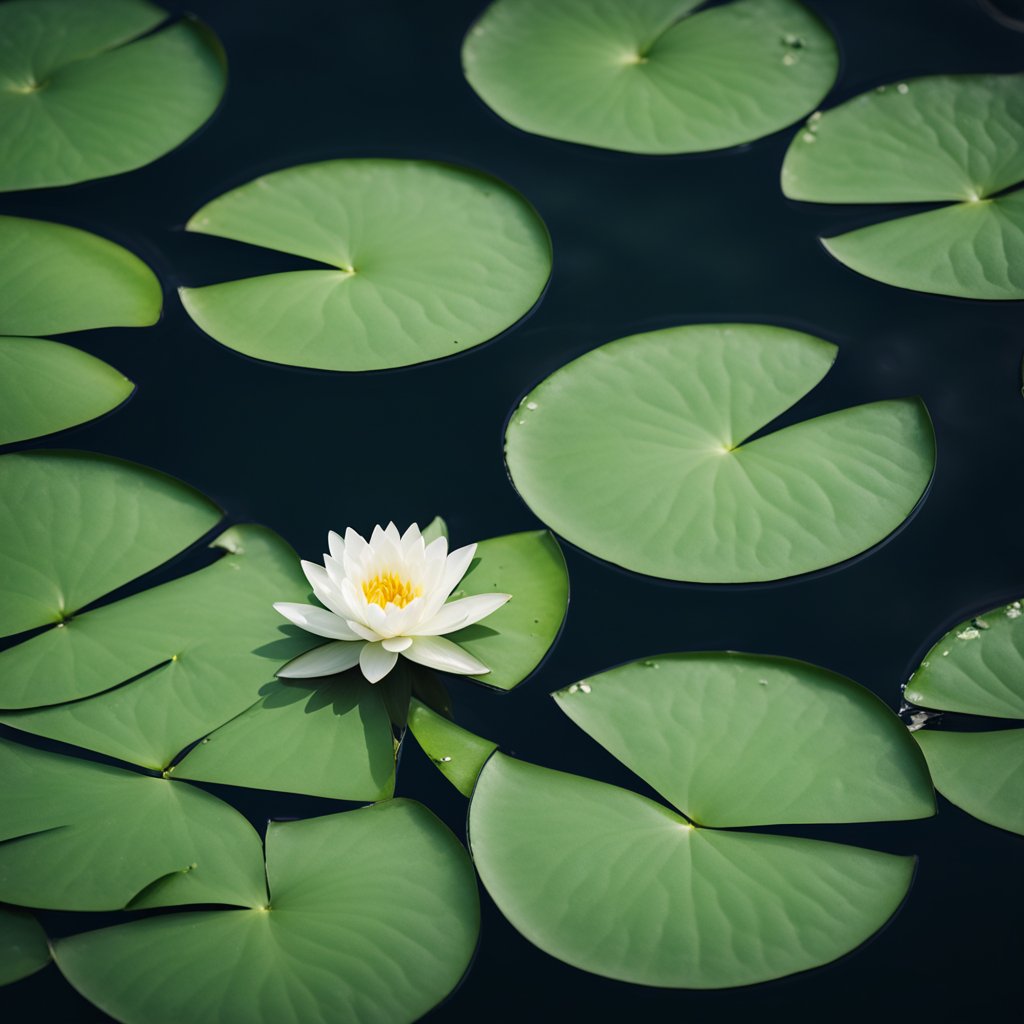
Have you ever stumbled upon a little gem at the heart of a secluded lake?
If not, let me introduce you to one: Nymphaea leibergii.
Better known as Leiberg's Waterlily, this small but mighty plant makes its home in the serene waters across northern North America.
Where Will You Find It?
This aquatic beauty prefers the quiet company of ponds and slow-moving streams.
It's pretty exclusive, showing up infrequently, which means spotting one is quite special!
Just so you know, if you're in Maine, Michigan, or Minnesota, they cherish Leiberg's Waterlily so much that it's protected as a state-threatened plant.
What Does It Look Like?
- Flowers: Blooming with white to pale pink flowers, each little floaty blossom measures just about 3-7.5 cm wide.
- Leaves: Picture this: leaves elliptic in shape, about 4-9 cm wide, that float gracefully on the water. They're paired with a distinctive deep "V" cut at the base, which makes them easy to recognize.
Population Details:
- Stamens: You'll find 20-40 fine stamens in every flower.
- Stigmatic Disk: Look closely, and you’ll see 5-12 lines - nature's intricate patterns at work!
Caring for Nymphaea leibergii: You might wonder, "How does one take care of such a rare plant if found?" Well, ensuring it's in a healthy ecosystem with calm waters is a great start!
And remember, it prefers to stay rooted with its rhizomes snugly in the lake or pond bed.
Isn't nature incredible, offering us these small, living treasures?
If you're ever by a tranquil northern lake, keep an eye out – Leiberg's Waterlily could be quietly thriving right beneath your nose!
Eriocaulon aquaticum (Pipewort)

Have you ever encountered a tiny, unassuming plant with an extraordinary ability to adapt to both land and water?
Meet Eriocaulon aquaticum, more commonly known as Pipewort.
Imagine it thriving in the shallow waters of secluded lakes and soft peaty soils of bogs in the eastern United States.
It's quite a rare sight!
This aquatic gem typically grows to a mere 5-20 cm when found along exposed shores, but don't be fooled—it can stretch to several feet when submerged.
Isn't it fascinating how one species adapts so dramatically based on its environment?
Habitat & Range:
- Found in: CT, MA, ME, NH, RI, VT
- Prefers: Wet soil or shallow water (lakes and slow-moving rivers)
Growth Patterns:
- On land: Up to 20 cm tall
- Underwater: Can reach several feet
- Growth depth: Found up to 7 feet underwater
This perennial powerhouse is noteworthy not only for its intriguing height variations but for its reproductive resilience.
Despite its delicate stature and the need for sexual reproduction to occur outside of the water, Pipewort doesn't shy away from depths of up to 7 feet.
Its grass-like leaves and tiny flowers, clustered at the top of long stems, ensure it turns heads whether it's peering above the waterline or nestled onshore.
Ever wondered where you might stumble across the Pipewort during your aquatic explorations?
In Minnesota, this plant prefers the company of lakes or bogs, especially in the Arrowhead region.
Next time you're near a serene lake or quiet bog, keep an eye out for Eriocaulon aquaticum.
Who knows, you might spot one of these underwater wonders reaching for the sunlight!
Utricularia inflata (Swollen Bladderwort)
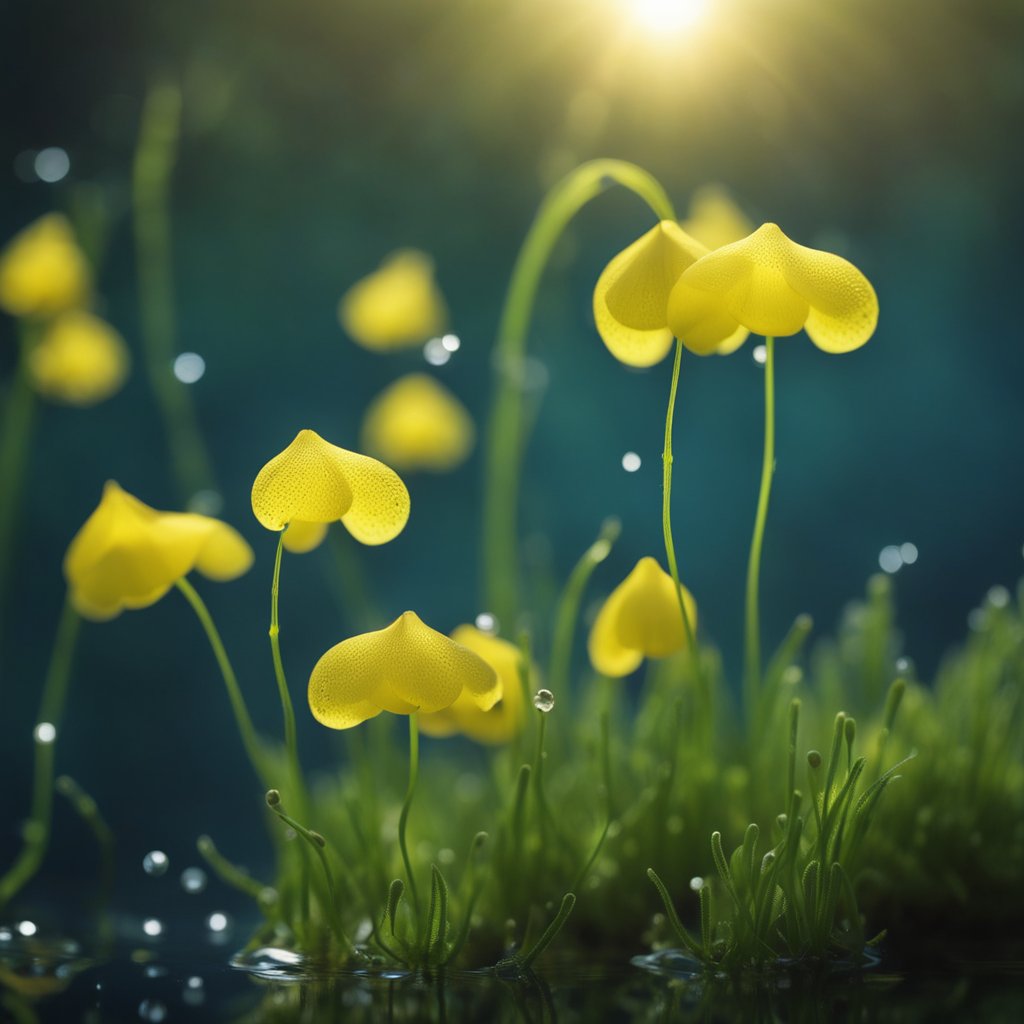
Have you ever heard of a plant that's both rootless and ravenous?
Say hello to the Swollen Bladderwort or Utricularia inflata.
It's like the secret agent of the plant world, thriving in the hidden corners of secluded lakes.
What's Special About It?
- Carnivorous: This plant isn't just sitting pretty; it's a hunter, trapping tiny organisms with its bladder-like structures.
- Rootless: Yes, you read that right. It floats around without roots, making it quite the wanderer.
- Ecosystem Role: Besides its cool carnivorous habit, it also provides a home for aquatic invertebrates.
Where Can You Find It?
- Location: Think of the Southeastern U.S., where the waters are a bit acidic and nutrients scarce.
- Habitat: It prefers the serenity of the coastal plains.
Recognizing the Plant:
- Height: 0 ft. 2 in. - 1 ft. 8 in.
- Width: 0 ft. 6 in. - 0 ft. 10 in.
Did You Know?
The Swollen Bladderwort employs a sneaky lure with a sweet scent to attract its prey.
Once an unsuspecting creature touches the trigger hairs, it's game over—the trapdoor snaps shut, and the plant's next meal is secured!
So, the next time you're exploring a hidden lake in the Southeast, keep an eye out for these crafty floating beauties.
They're more than just a pretty plant—they're a sophisticated predator that's mastered their unusual way of life.


